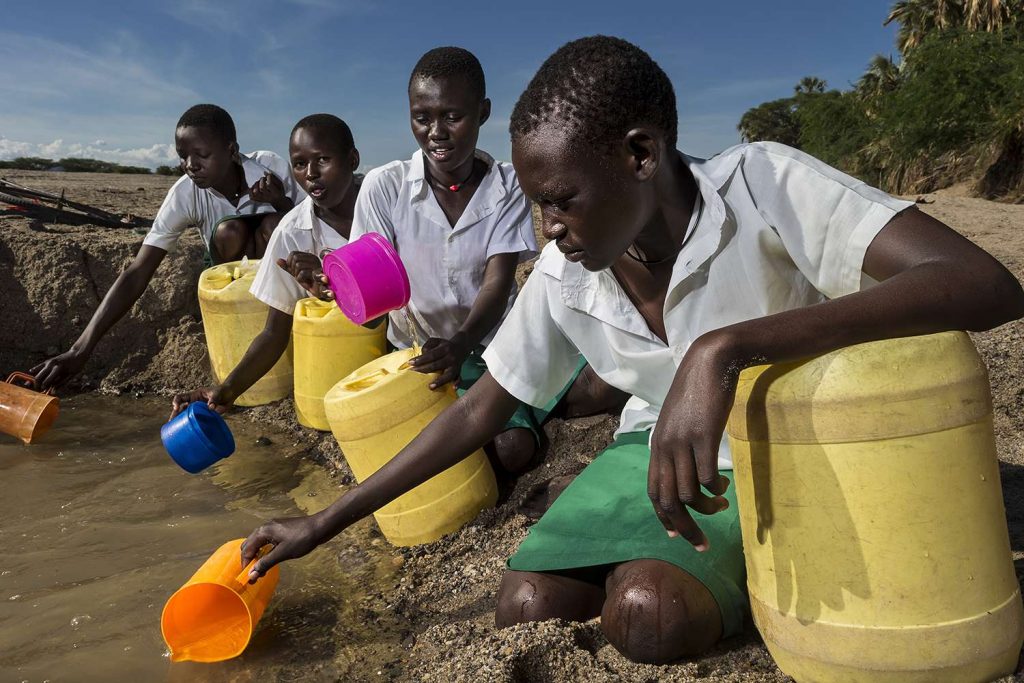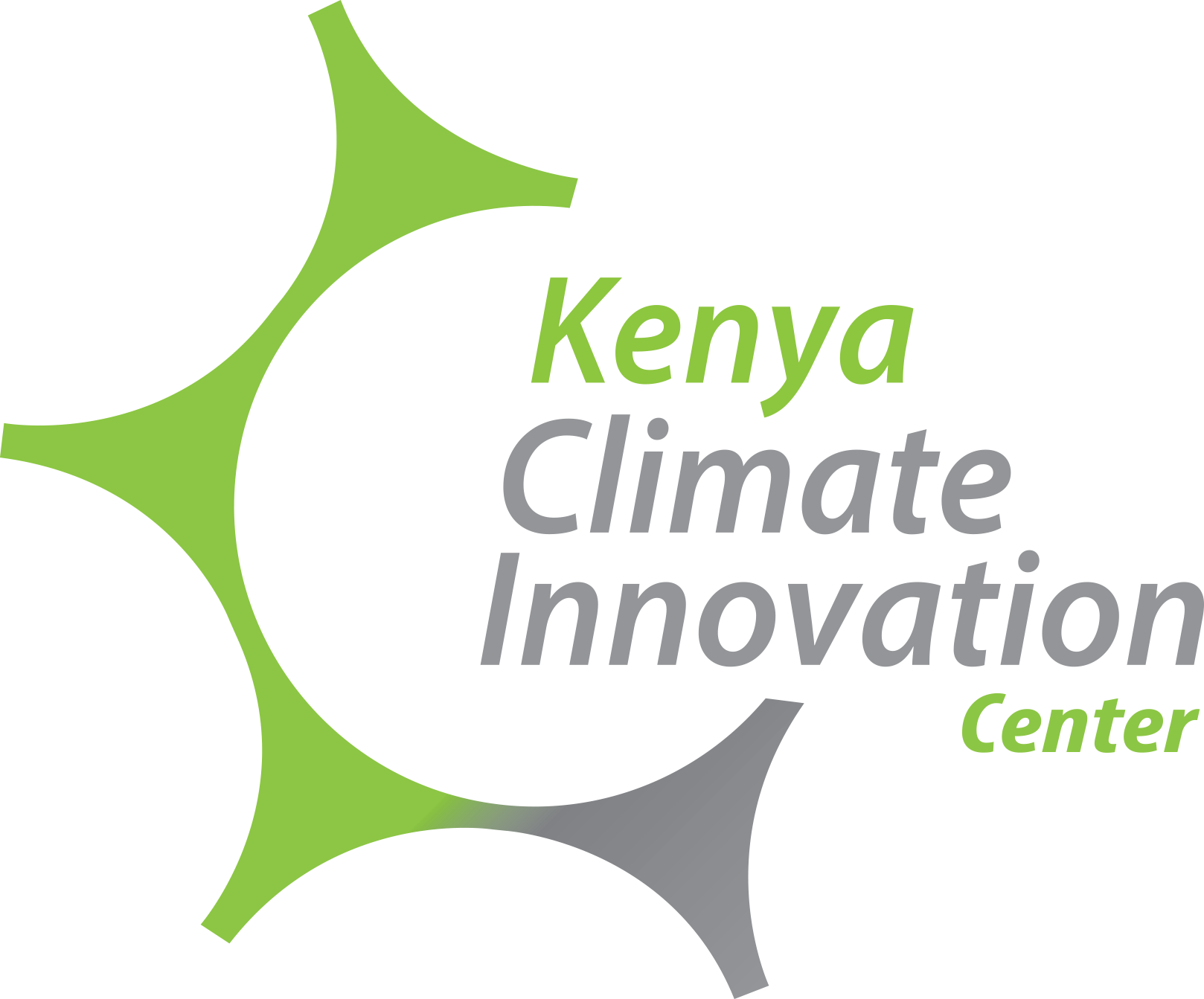
All eyes are now set on April 22nd 2016, not because it is the International Mother Earth Day, this time attention will be on the high-level signing ceremony for the Paris Agreement, convened by UN Secretary-General Ban Ki-moon, at the United Nations Headquarters in New York. This event will be a first step in implementing the Paris Agreement, which was adopted in Paris last year. The historic climate deal has been received with mixed emotions from cheers and ovations from world leaders to sharp criticisms from climate activists.
So What Happens Next?…
What took place in December was only the ‘adoption’ of the agreement by the Conference of Parties (COP) to the UN Framework Convention on Climate Change (UNFCCC), these are countries that are signatories to the UNFCCC. For the Agreement to enter into force and be legally binding, at least 55 countries that account for at least 55 per cent of global greenhouse gas (GHG) emissions must ratify or approve the agreement through their own domestic legal systems, then deposit this approval with the United Nations. The Agreement will be open for signatures for one year, until April 21, 2017.Given the importance of the Paris Agreement and the political momentum created at COP 21, experts are pretty confident that a good number of heads of states will attend this high-level signing event.
As with many international agreements, the Paris Agreement will take a two-step process to bring it into force. First, countries must sign the Agreement, and then indicate their intentions to be bound by it. Signing of the Agreement only indicates a country’s commitment to willingly consent to the text of the Agreement, there are no legal obligations imposed on a signatory State immediately after the Agreement is signed. The second, and the most important, which could sometimes become political , is that each country has to ratify the agreement in accordance with its own constitutional or legal provisions. Depending on diverse legal structures represented by the COP, most countries will sign the Agreement “subject to ratification, acceptance and approval, making their signature conditional on obtaining domestic approval for joining the Agreement.
Kenyan Ratification Process
For Kenya, the Paris Agreement will have to go through a parliamentary approval as per the Treaty Making and Ratification Act of 2012. The Cabinet Secretary Ministry of Environment, Natural Resources will submit the Agreement to the Cabinet together with a memorandum outlining: any national interests which may be affected by ratification of the treaty, any constitutional implications of the Agreement and proposed amendment to the constitution if any, ministerial responsibility, financial implications among others key details. Once the Cabinet approves the ratification of the Agreement, the Cabinet Secretary will then submit the Agreement and the memorandum to parliament for approval. The document may have to go through the two houses of parliament, the Senate and the National Assembly. If the Agreement is approved by Parliament without any reservations, the Cabinet Secretary shall within thirty days from the date of the approval of the ratification, request the Cabinet Secretary to prepare the ‘instrument of ratification’ of the Agreement. This is a formal document indicating that Kenya has completed all the necessary processes and signifies consent to be bound by the agreement making Kenya a Party to the Paris Agreement.
After the domestic ratification processes, each country is expected to deposit its ‘instrument of ratification’’ to the UNFCCC. The Paris Agreement will then enter into force 30 days after submission of these documents by at least 55 parties to the Convention accounting to at least 55% of global emissions. Depending on a country’s legal requirement, countries can deposit their instruments of ratification, acceptance or approval on the same day it signs or much later. For now, there is no time limit for when countries can submit these documents. This is where the whole process becomes tricky because for the Paris Agreement to fully become legal, it depends on how quickly countries are able to complete their domestic approval processes. Concerted efforts from the civil society, private sector and all non-state actors will be required to press our governments to ratify the agreement. The Kyoto Protocol entered into force eight years after its adoption in 1997, we cannot wait that long.
Status Change of the National Climate Change Plans
The next area of interest in this process will be the change of status of the intended national climate action plans referred to as the Intended National Determined Contributions (INDCs). Upon signing the Agreement, a country’s INDC will become its Nationally Determined contribution (NDC). Countries will communicate their first NDC when they submit their instruments of ratification documents. Each country has the opportunity to review its INDC before approving the Paris agreement by making it more ambitious. The Government of Kenya submitted its INDC to the UNFCCC in July 2015 ahead of the Paris climate change meetings. Kenya’s INDC seeks to lower her emissions by 30% by 2030. This INDC will be considered Kenya’s NDC unless the Government of Kenya indicates otherwise.
So let’s be honest, although the Paris Agreement is not perfect, it has a quick wins for developing countries key among them being: a balanced focus on both adaptation and mitigation , scaled up financing for developing countries through the Green Climate Fund, and the proposal to provide capacity building and technology transfer to developing countries. For Kenya to fully implement her INDC and achieve a 30% emission reduction, the country will require over USD 40 billion. International support in form of finance, technology development and transfer and capacity building will be needed to achieve this. Being a party to the Agreement will ensure that Kenya receives the much needed international support to achieve a low carbon climate resilient development pathway.












